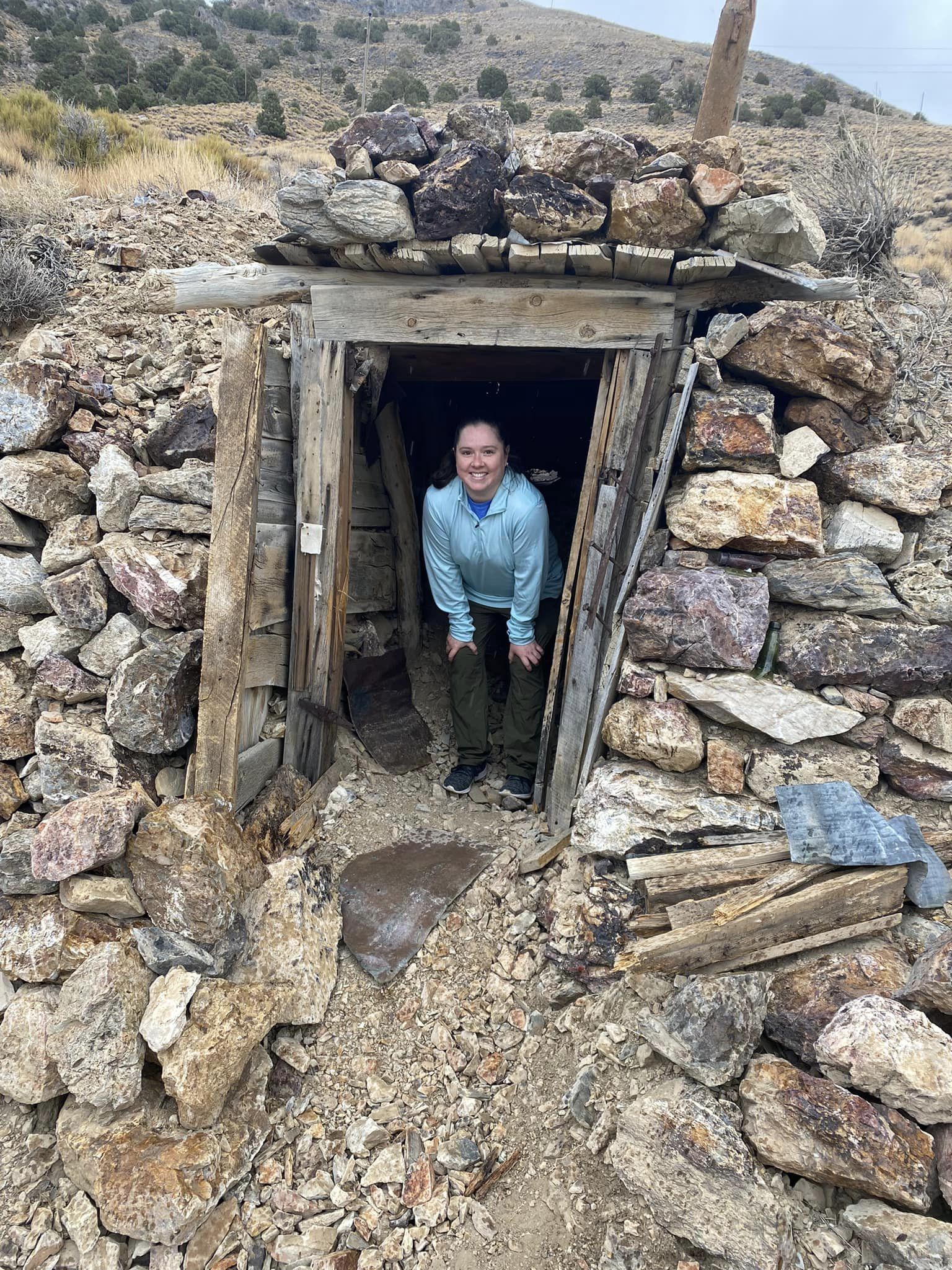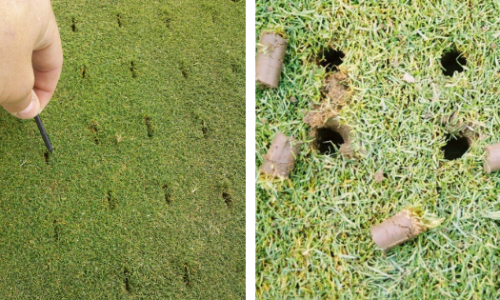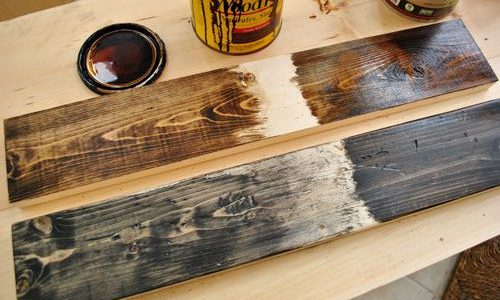Furnace Filters
What exactly is a furnace filter? Furnace filters have multiple purposes. They protect the furnace and clean the air circulating through the house which contributes to good health and well-being. Yes, your furnace filter keeps your home safe by blocking household pollutants!
That’s why it’s important to get a high quality furnace filter. There are many different types, sizes and ratings. Certain filters remove large, heavy particles from the air while allowing smaller particles to pass through. Furnace filters are especially important for people suffering from allergies and/or asthma.
How Often Should You Change Your Furnace Filter?
According to the EPA, indoor air pollutants are one of the top five environmental health risks today. Poor indoor air quality is a result of air-tight construction and home insulation. While these home improvements stop drafts and save money on energy costs, they prevent fresh air from coming into your home and household pollutants from leaving.
There are three ways of improving your indoor air quality; make sure your home is properly ventilated allowing clean air to enter from outside, use an air purifier that cleans the air and removes pollutants, or use a high quality furnace filter.
- Small Particles: 0.3 microns and below. Example: Smoke, Smog and Viruses.
- Medium Particles: 0.3 to 6 microns in size. Example: Dust, Bacteria, and Animal Dander.
- Large Particles: 6 to 100 microns in size. Example: Lint, Pollen and Mold Spores.
The image below shows typical household pollutants in regards to their particle size.

What to Look for In a Furnace Filter?
There are two rating systems. The American Society of Heating, Refrigeration and Air Conditioning Engineers (ASHRAE) designed a filter rating system called Minimum Efficiency Reporting Value, or MERV for short. The higher the MERV rating, the higher the effectiveness of the air filter. The MERV rating system uses numerical values ranging from 1 (lowest) to 12 (highest), with the higher number capturing more of the dust.
The second filter rating system is called Microparticle Performance Rating, or MPR for short, and it was developed by 3M. The higher the MPR rating the better the filters ability to capture particles from the air. This system helps when comparing 3M filters, but it is not directly comparable to the MERV rating system.
Maintenance can be a pain, and it’s hard to remember when your filter needs to be replaced, which is why I highly recommend using a filter subscription company like Air Filters Delivered.
Types of Furnace Filters
Fiberglass:
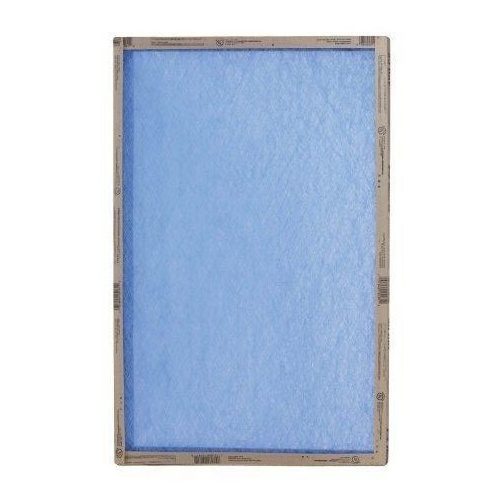
Usually held in a cardboard frame capable of protecting the equipment. It catches most of the larger dust particles that tend to block the heating and cooling coils. Fiberglass filters are typically less expensive, but least effective in removing small particles. MERV rating: 2-3, cost: $1-2
Advantages:
- Inexpensive.
- Good for renters and people without allergies or asthma.
Disadvantages:
- Poor quality.
- Has little effect on cleaning the air.
Washable/Reusable:
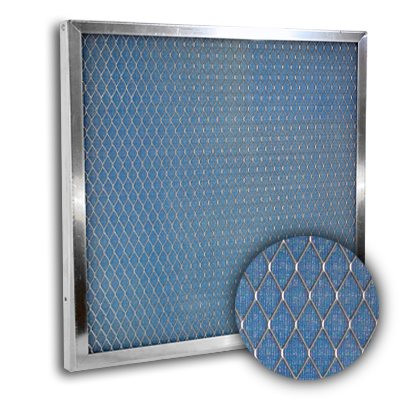
This type of furnace filter is usually a flat plastic or metal foil pad. It can effectively catch larger particles like dust and soot, but not smaller particles like pet dander, smoke or viruses. It can be washed with a hose and reused. It should be washed monthly and may last 3 to 5 years. MERV rating of 1 to 4.
Advantages:
- Inexpensive. Since this type of filter can be washed monthly and reused for years, they are cost effective.
Disadvantages:
- These filters have a tendency to attract mold which is exactly what the filter is supposed to keep out.
Disposable Pleated:
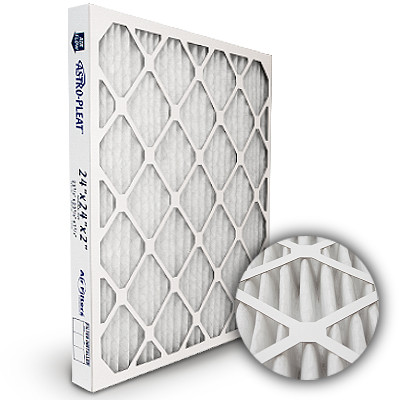

These filters provide more filtering capacity than a flat filter. These filters are a popular choice among shoppers. In addition, many are made with electrostatically charged fibers that attract small particles like spores and mites, but needs to be changed frequently to avoid clogging the air flow of your HVAC system. Lasts up to 3 months. MERV rating: 6, cost: $4-5
Advantages:
- Fairly inexpensive.
- Doesn’t support the growth of fungi, bacteria or mold.
Disadvantages:
- Resists air flow, which makes your HVAC system work harder, ultimately costing you more money.
Deep Pleated High Efficiency:

These filters are the most popular These filters are 4-6 inches thicker than a standard filter and require a special box in the duct system.
Advantages:
- This type of filter also doesn’t support the growth of fungi, bacteria or mold.
Disadvantages:
- Resists air flow, which makes your HVAC system work harder, ultimately costing you more money.

